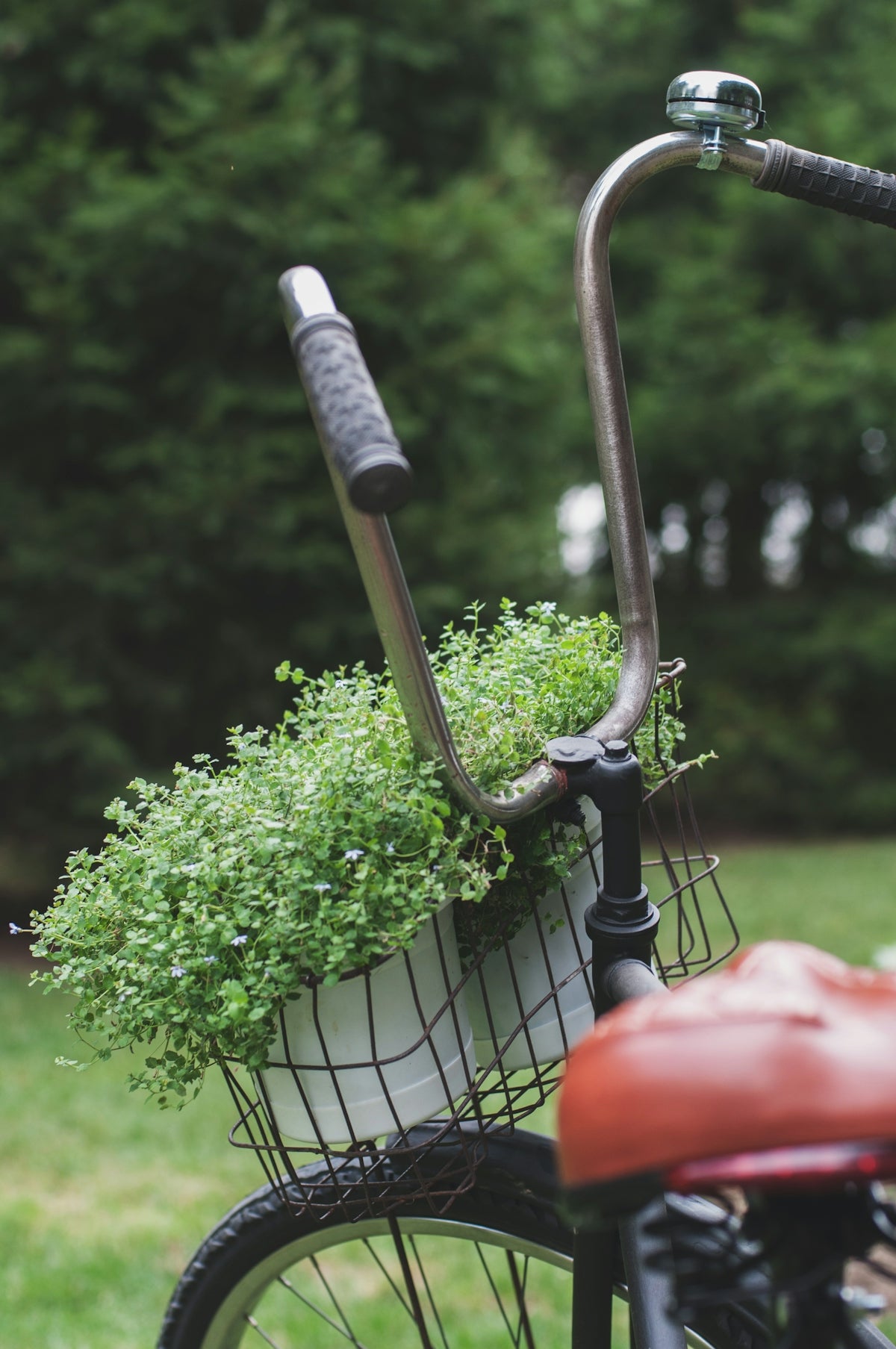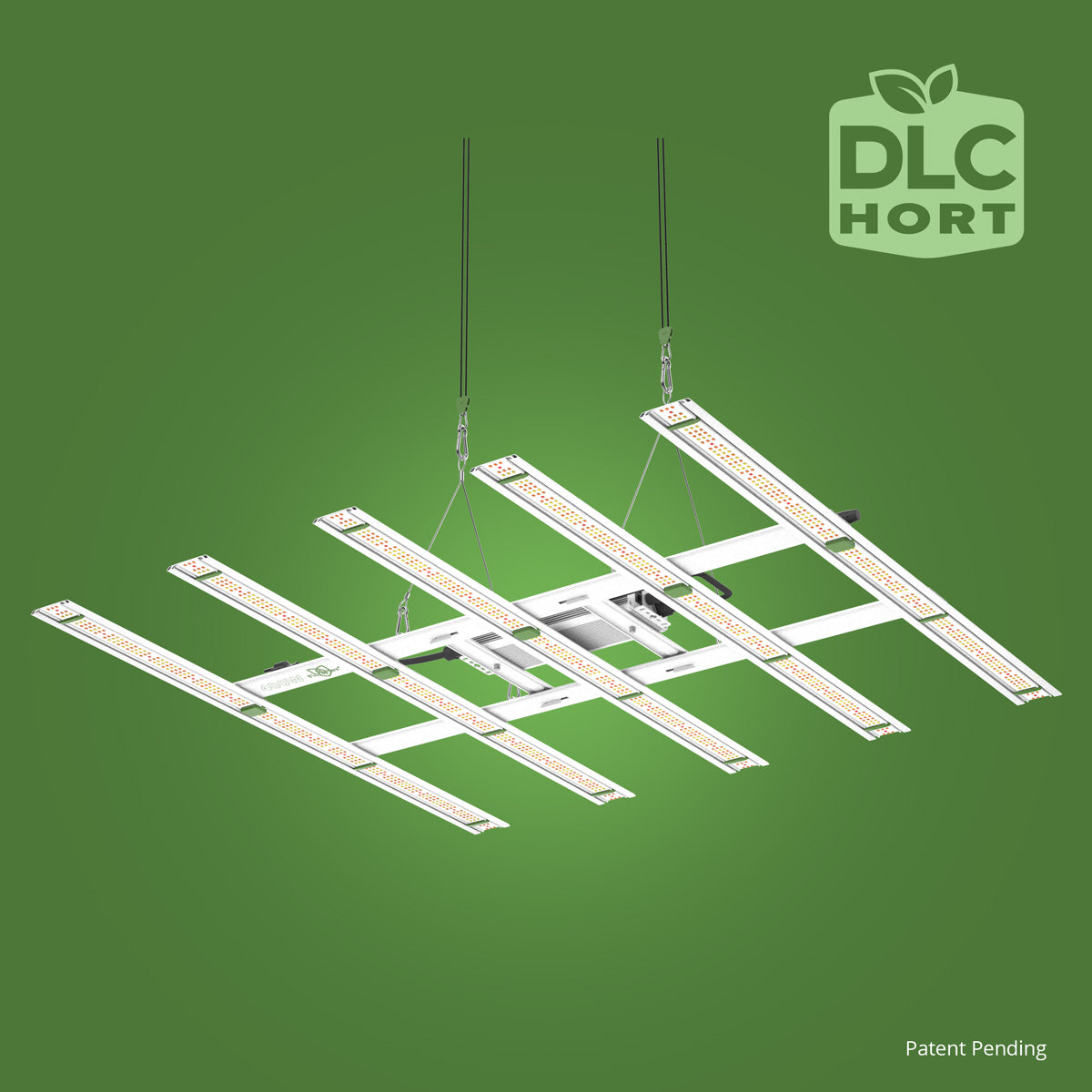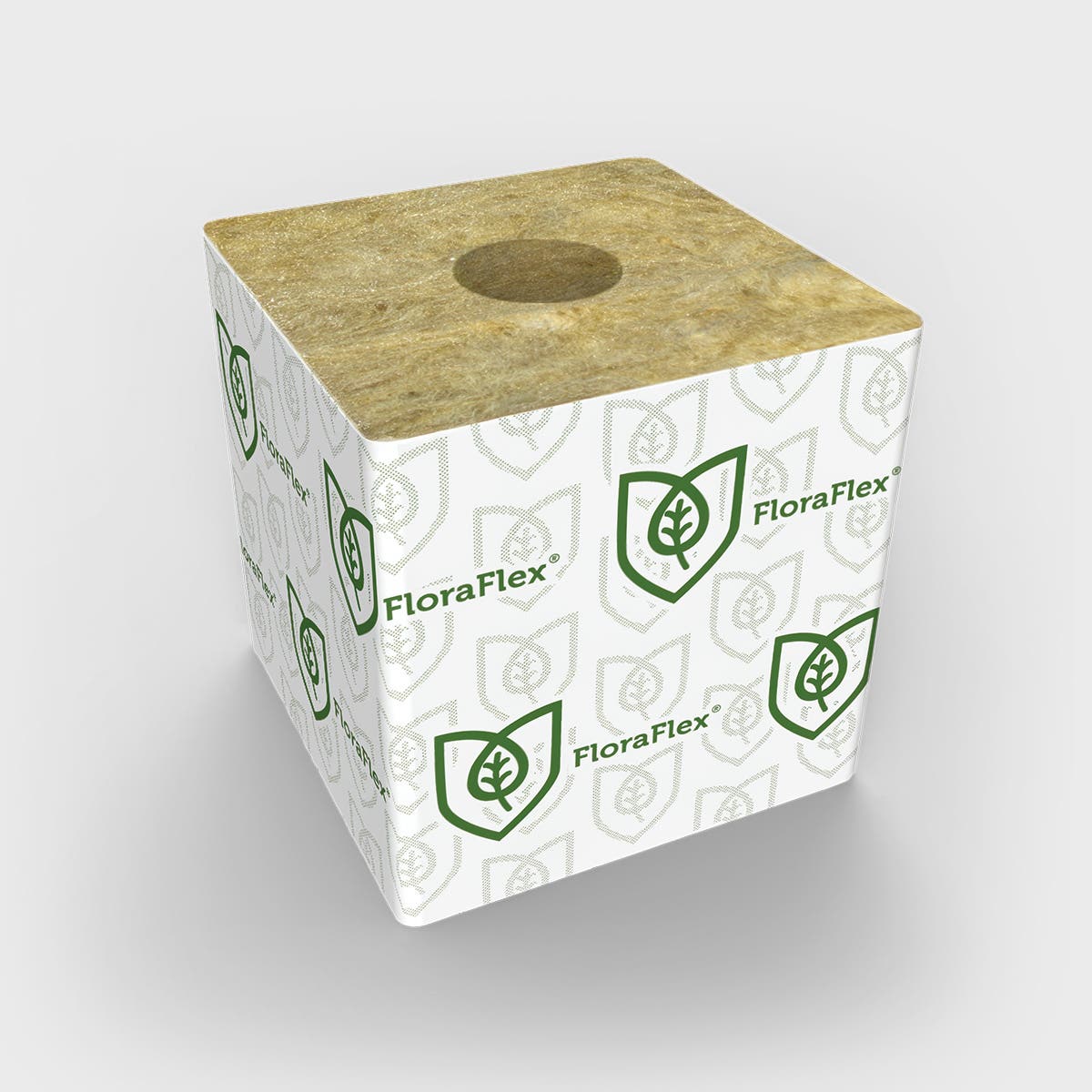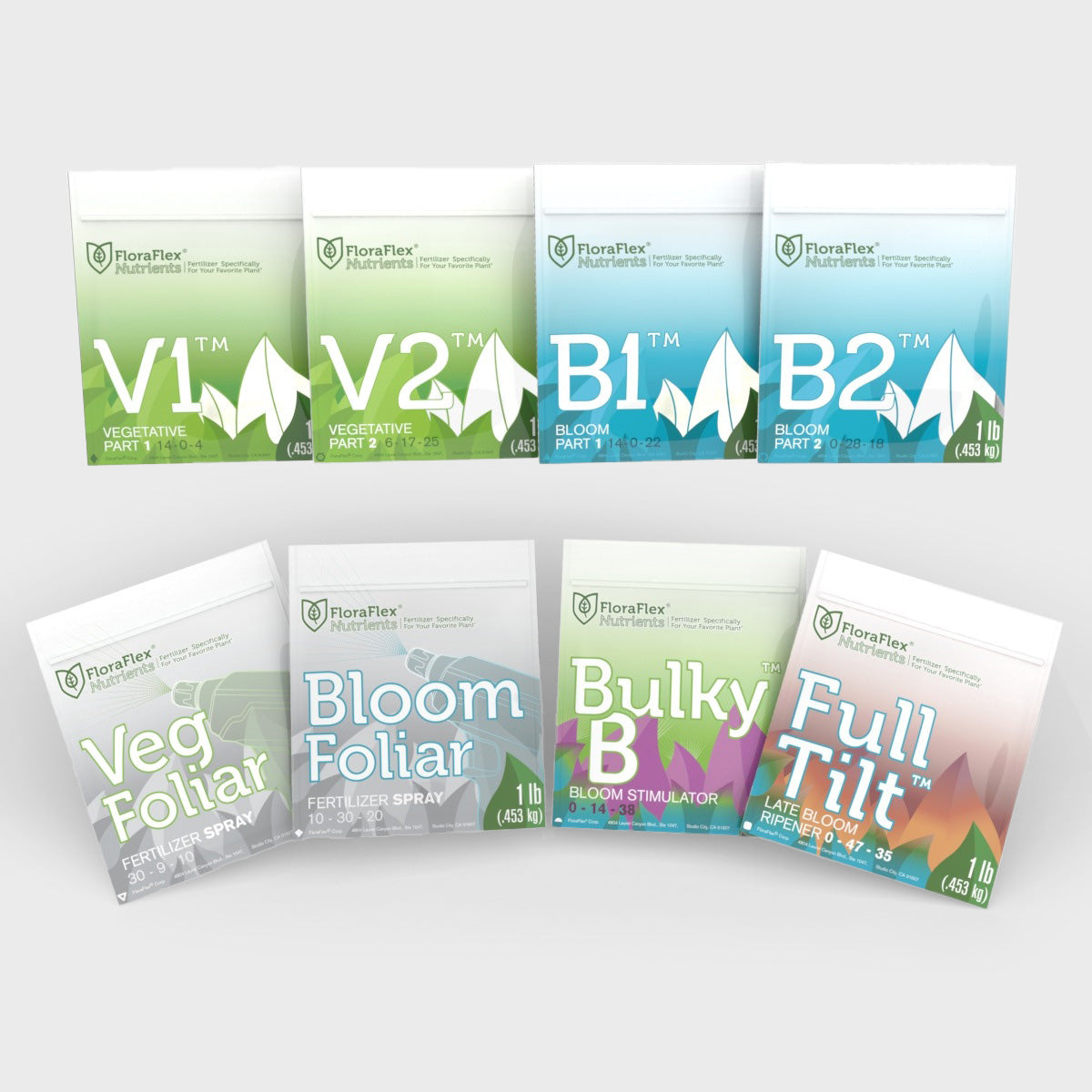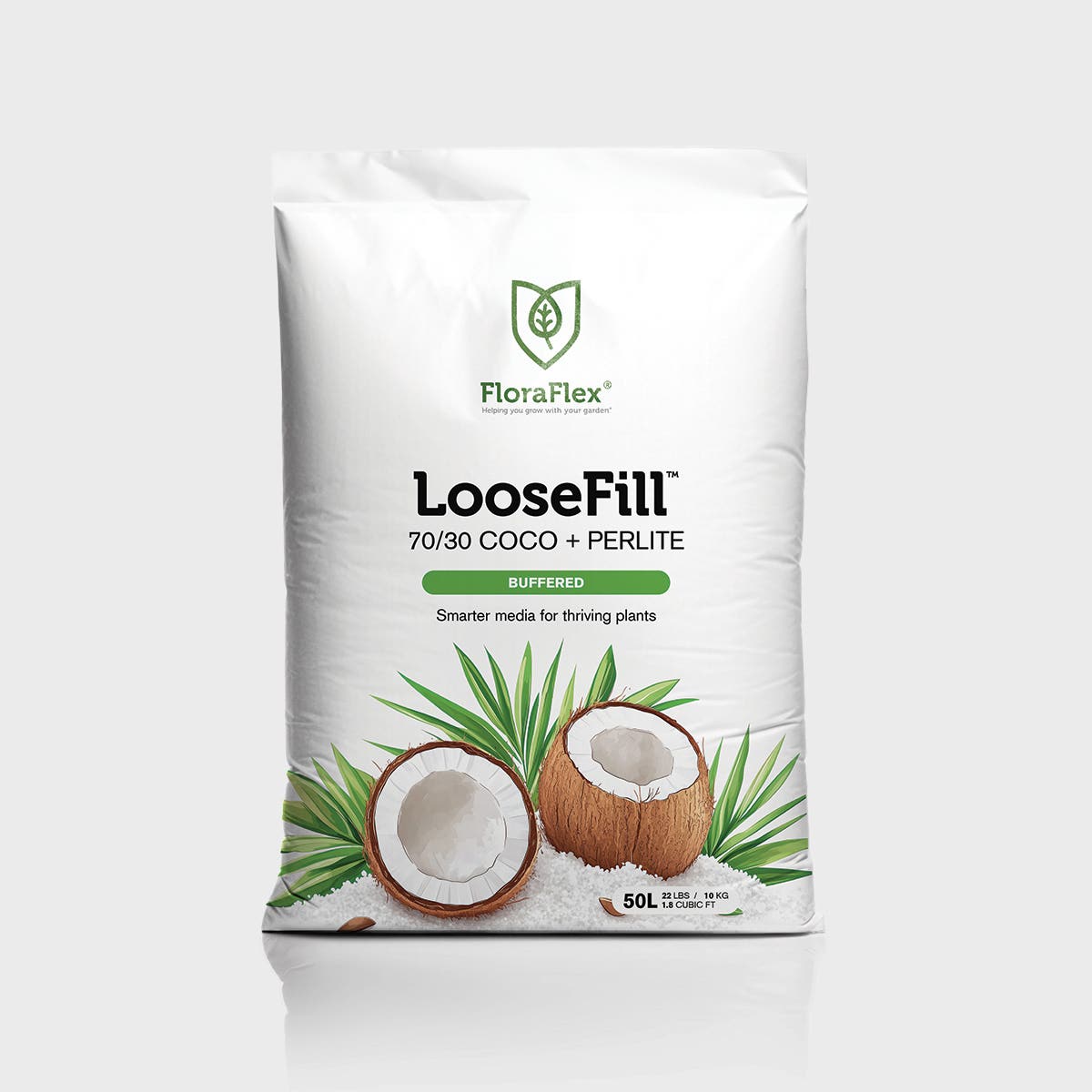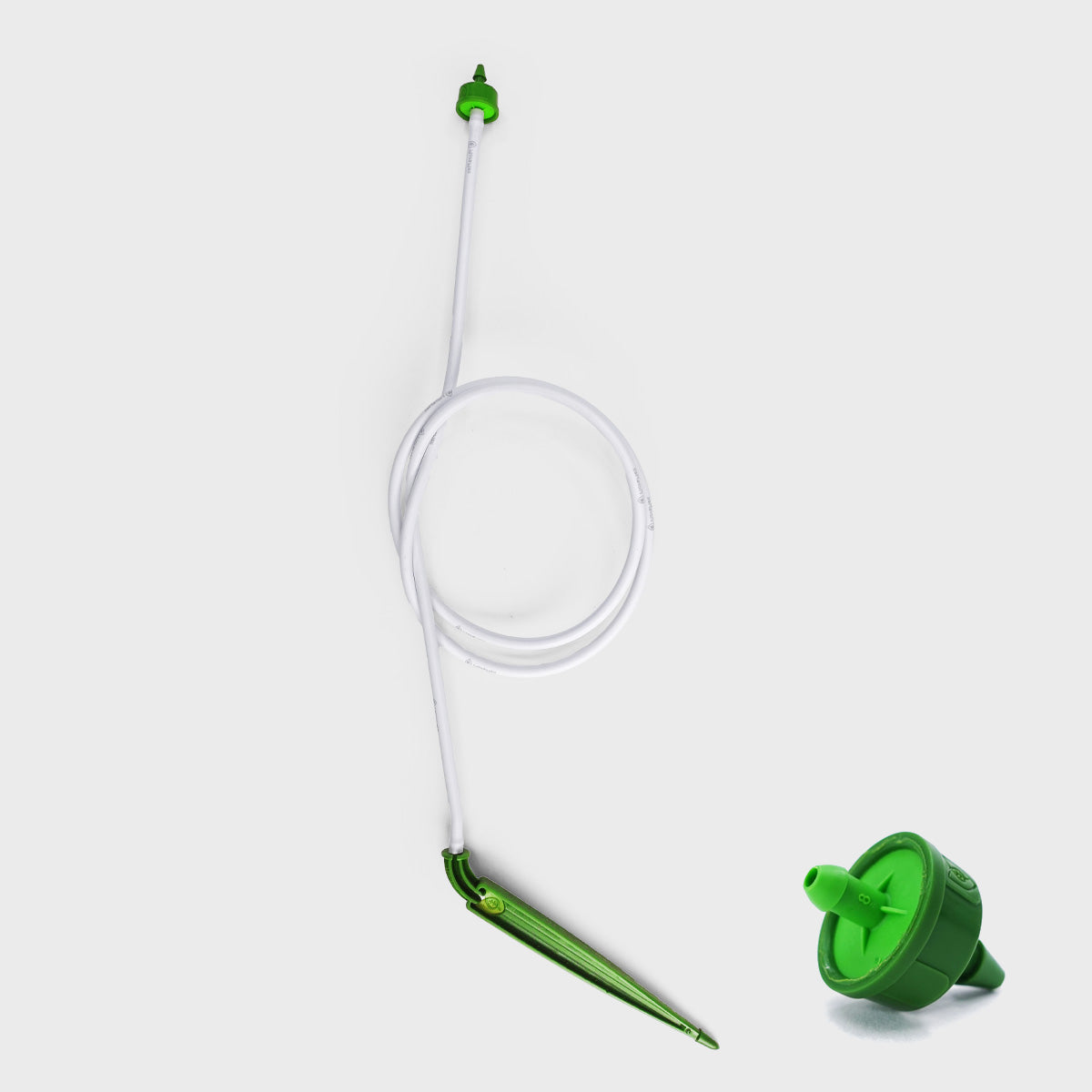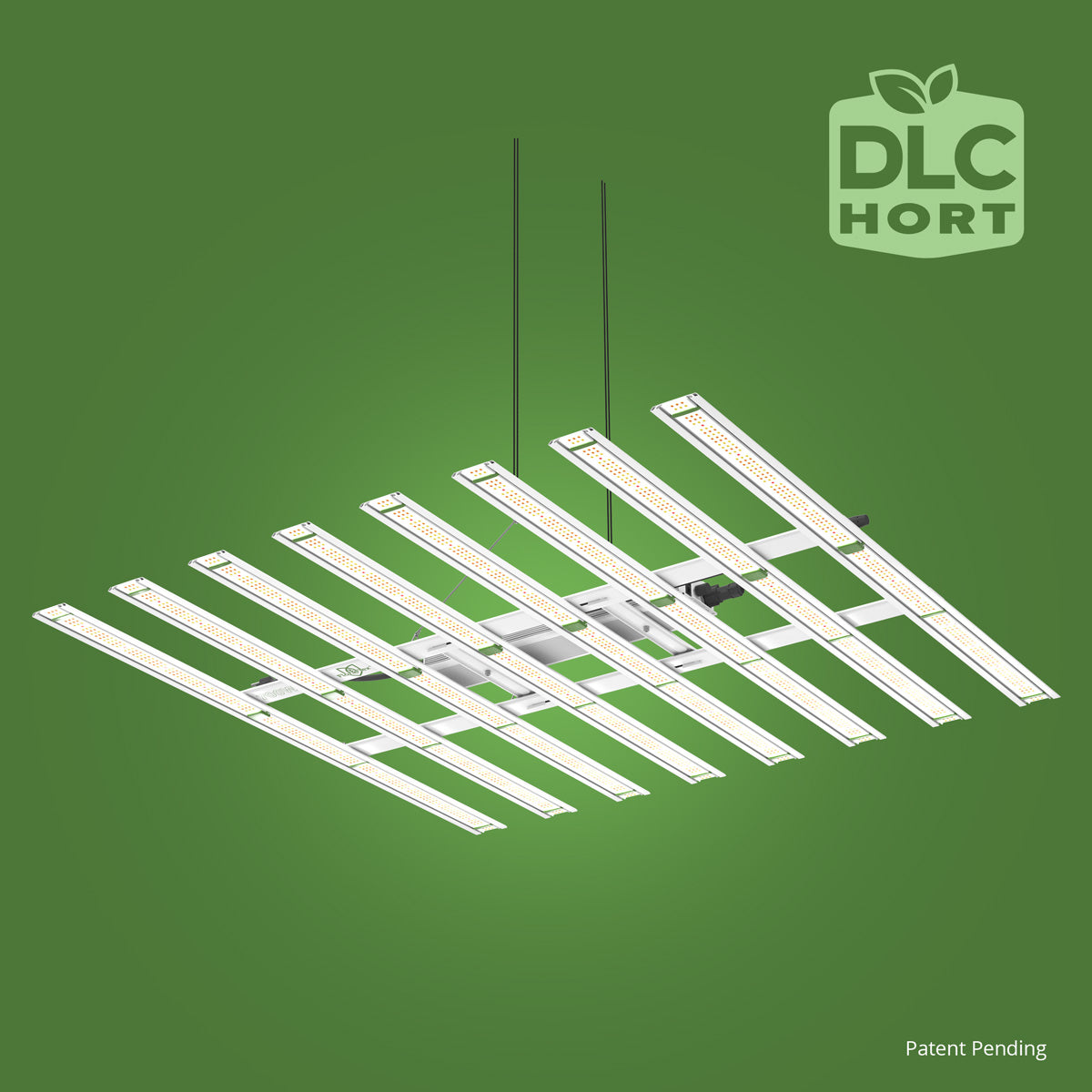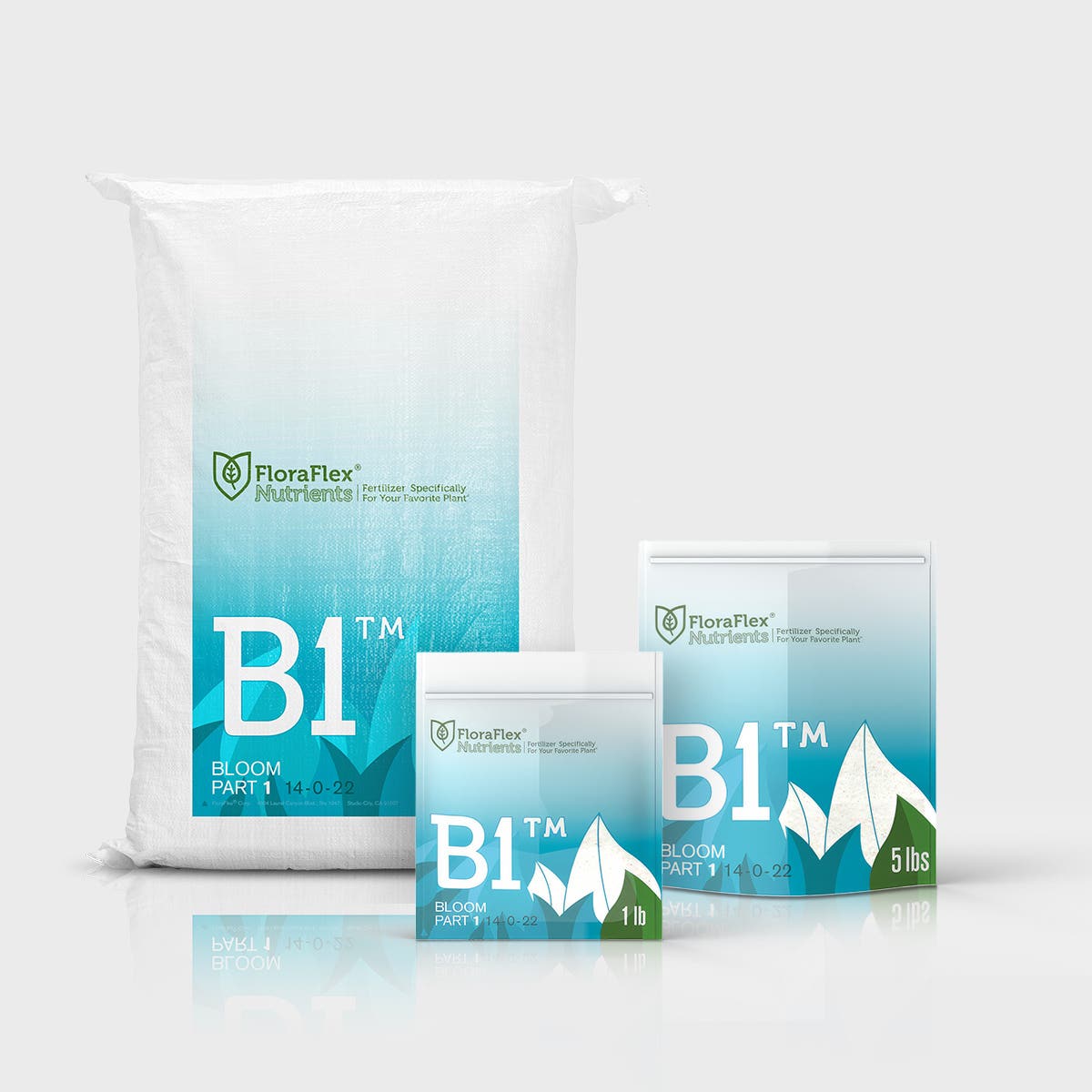Gardening is a rewarding venture that not only brings fresh produce to your table but also offers a therapeutic escape from the bustle of daily life. For those embarking on a DIY vegetable garden project, having a well-thought-out checklist can be a game-changer. Here's what you need to ensure your garden thrives.
1. Choose the Right Location
Selecting an ideal spot for your vegetable garden is crucial. Ensure your chosen area gets at least 6-8 hours of sunlight a day and has easy access to water. Avoid areas with too much wind exposure to protect your plants from damage.
2. Plan Your Garden Layout
Consider the size of your garden and the vegetables you’d like to grow. Some plants require more space than others, and understanding their growth needs early on will help you organize an efficient layout. Think vertical if space is at a premium.
3. Soil Preparation
Vegetables thrive in nutrient-rich soil. Start by testing the pH level of your garden bed. Aim for a pH between 6.0 and 7.5 for most vegetables. Incorporate organic compost to enhance soil fertility and drainage, which encourages root development.
4. Select Your Vegetables
Pick varieties that are suitable for your local climate and season. Start with easier crops like tomatoes, lettuce, and peppers if you are a beginner. Companion planting can also enhance growth and deter pests naturally.
5. Watering Tools
Consistent watering is vital for healthy plant growth. Equip yourself with reliable watering tools, such as the 1.5L Pump Sprayer, which is ideal for evenly dispensing water, especially for delicate seedlings or targeted hydration.
6. Mulching
Retain soil moisture and suppress weeds with a good mulching technique. Organic mulches like straw, wood chips, or grass clippings offer excellent results and break down to add nutrients back to the soil.
7. Pest Control
Implementing an integrated pest management strategy is key. Introducing beneficial insects like ladybugs can help manage pest populations naturally. Regularly inspect your plants for signs of pest activity and use natural remedies when necessary.
8. Harvest Regularly
Timely harvesting encourages continuous production and prevents overripeness. Keep a schedule and check your garden frequently to enjoy the freshest vegetables.
9. Keep Learning and Adapting
Gardening is a continuous learning process. Keep track of what works well and what doesn't, and don't hesitate to experiment with new techniques or varieties. Each season is an opportunity to refine your skills.
By following this checklist, you'll be well on your way to cultivating a thriving vegetable garden brimming with fresh produce. For more gardening tools and resources, explore FloraFlex's website.

